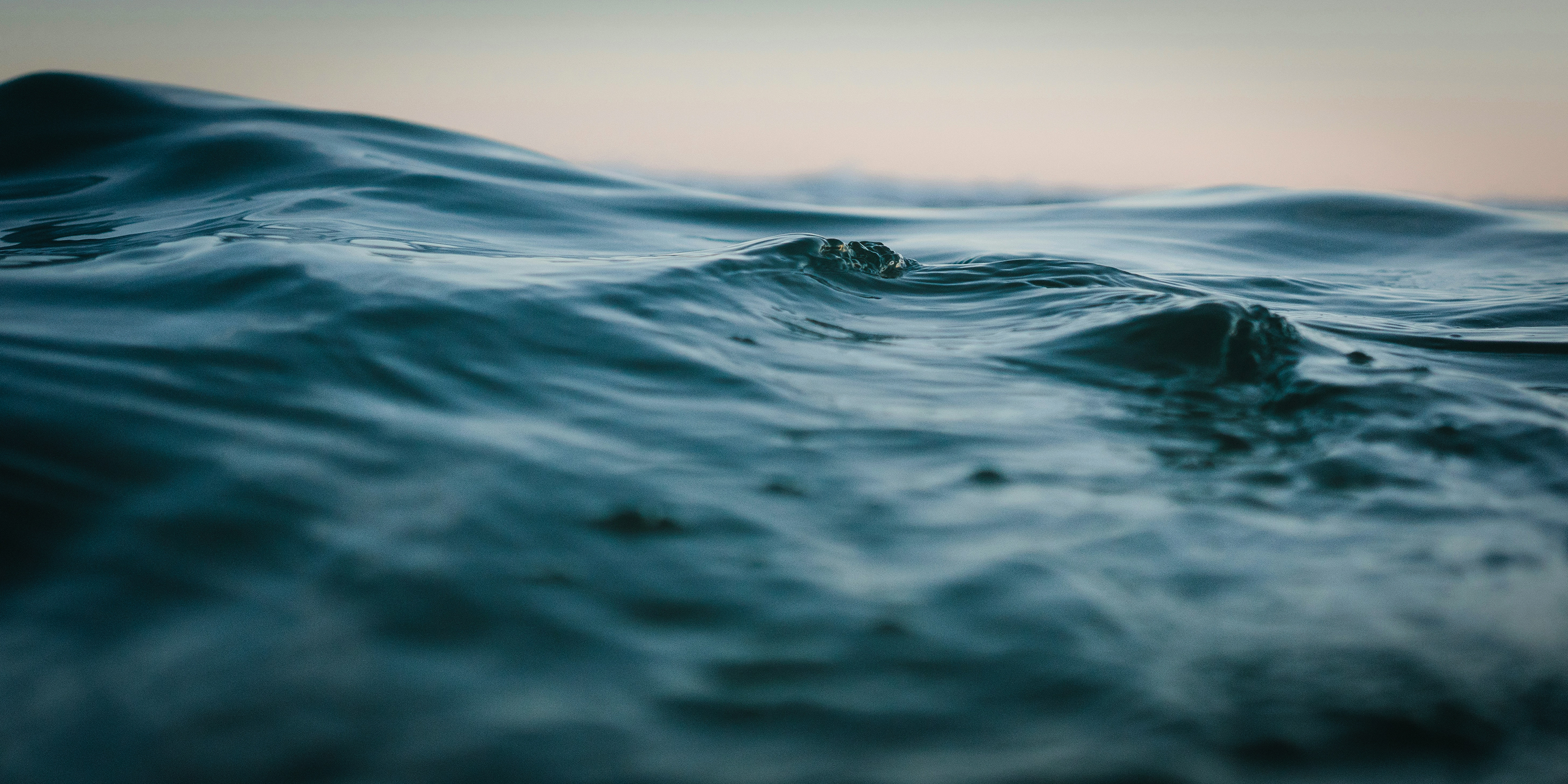Right now, we know that sea level is rising. Different sets of instruments, plus record-keeping going back over 100 years, indicate that between 1880 and 2014, the average global sea level rose by around 20 centimetres. And it’s speeding up.
Read more in Daily Maverick: Rising seas, sinking shores - how the V&A Waterfront is bracing for impact
During the 20th century there was an increase in average global sea level of around three millimetres a year. In 1993 it was 4.6 millimetres. NASA estimates that, at this rate, the sea level could be about 30cm above today’s level by 2050. It may not seem much, but in a storm surge, that amount of extra water across an entire coastline is huge.
The driver of the rising sea level is increased global temperature. As heat from the atmosphere is transferred into the oceans, the water warms and expands, increasing the oceans’ volume and causing it to rise. Raised temperatures also mean increased melting of land-based ice such as glaciers and ice sheets. As they melt, more water enters the ocean – and sea level rises.
The measurements of these changes are vital indicators of how the planet is faring as it heats up. An ever-rising sea could spell disaster for coastal cities and low-lying islands in the future.
Being that the sea is an ever-moving thing that’s seldom the same level as it was seconds before, how can measurements be so precise? There are no fewer than five ways: floats, pressure gauges, sound, radar and satellites.
 A radar tide gauge. (Photo: UNESCO)
A radar tide gauge. (Photo: UNESCO)
A float in a still pipe or well rises and falls with the tide and records these changes on a paper chart. It was the original means of measurement and is how most historical records were made.
 A pressure sensor gauge. (Photo: UNESCO)
A pressure sensor gauge. (Photo: UNESCO)
Pressure-based gauges measure the pressure on a water column which is proportional to the water depth, averaging the rises and falls over time. Acoustic gauges use bounced sound waves to the water surface from below, and land or satellite radar uses microwave reflections to measure the average level from above.
The aim is to filter out wind, wave and tide movements from the sea’s eternal restlessness. Where to place land-based gauges requires a lot of thought. They need to be tough enough to withstand storms and be on stable ground, away from river estuaries that can raise water levels and headlands or shipping that cause turbulence, and need a constant supply of electricity.
 An acoustic tide gauge. (Photo: UNESCO)
An acoustic tide gauge. (Photo: UNESCO)
 A GPS buoy used in sea level calculations. (Photo: UNESCO)
A GPS buoy used in sea level calculations. (Photo: UNESCO)
 Measuring sea level from groups of satellites. (Photo: UNESCO)
Measuring sea level from groups of satellites. (Photo: UNESCO)
Using more than 100 years of measurements, hundreds of measuring stations, global collaboration and the ability of artificial intelligence to crunch data sets, the conclusion is definitive: the sea level is rising and it’s accelerating.
If you’re planning to invest in a coastal property within the sound of the waves as a retirement option, you might be giving a headache to any family member who inherits it. DM
https://www.youtube.com/watch?v=REeWvTRUpMk




 Measuring sea level from groups of satellites. (Photo: UNESCO)
Measuring sea level from groups of satellites. (Photo: UNESCO) 